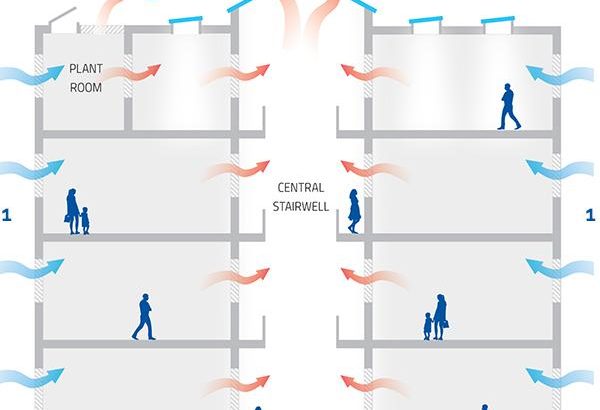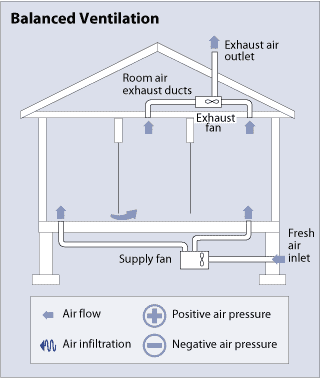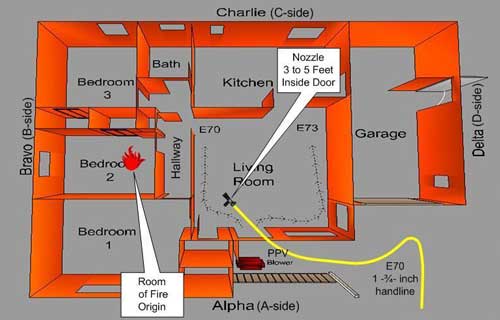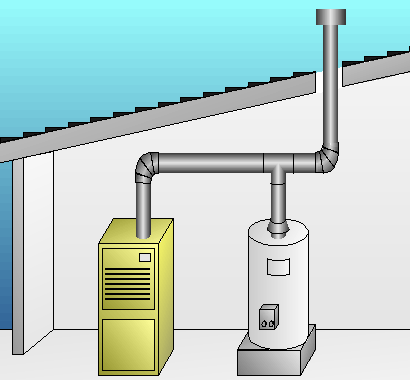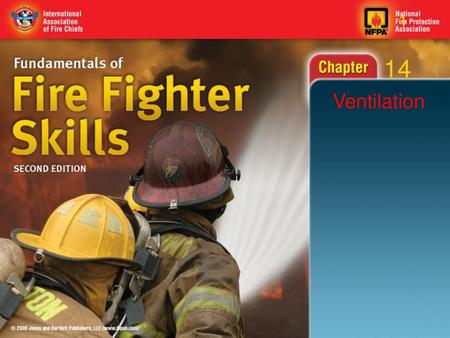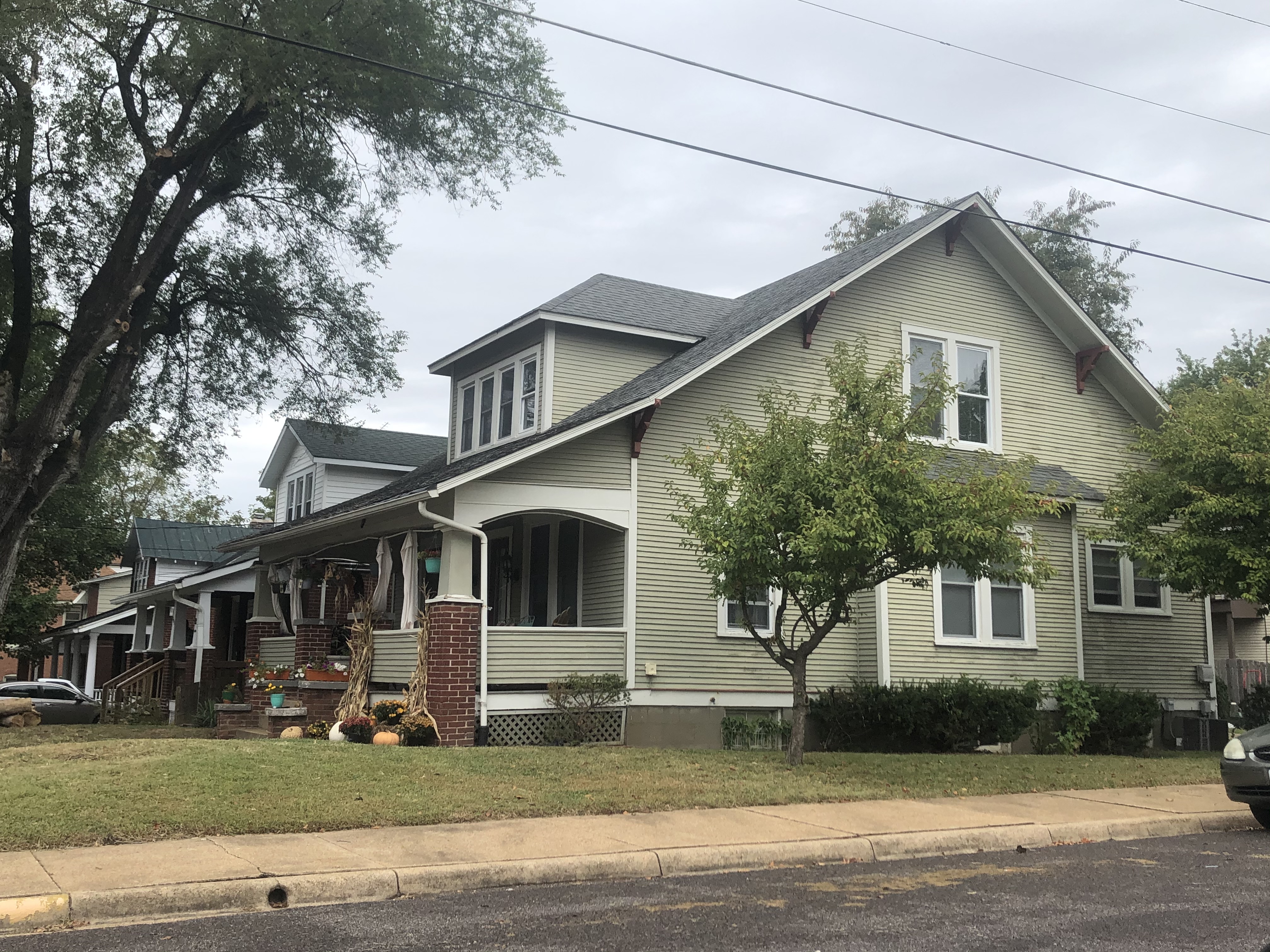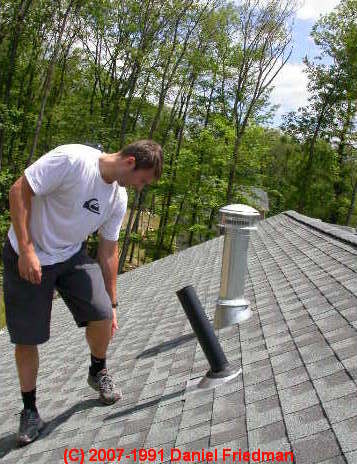Ppv Ventilation Attic Fires
A coordinated attack with ppv and well established ventilation can lead to a rapid removal of heat from the structure less time locating the seat of the fire and a far greater likelihood of victim survival elsewhere in the structure.
Ppv ventilation attic fires. Ppv rapidly removes heat and smoke from the building thus reducing the fires ability to propagate and advance. Positive pressure ventilation ppv has many benefits to fire operations. Reinhard kauffmann is a battalion chief for the salt lake city ut fire department where he has served. For it to work there must be an opening.
This is the fire service. Remember however that the fresh air will feed an oxygen starved fire which may result in a flashover. As operations continue you might consider using positive pressure ventilation ppv if vent openings are already in place in the attic. Positive pressure ventilation ppv is a firefighting technique that involves the use of high powered ventilation fans to remove smoke heat and other combustion products from a burning building so firefighters can perform tasks within the structure in a more tenable atmosphere.
The objective of this research is to improve firefighter safety by enabling a better understanding of structural ventilation techniques including positive pressure ventilation ppv and natural ventilation and to provide a technical basis for improved training in the effects of ventilation on fire behavior by examining structural fire ventilation using full. The ppv fan was developed as a post fire ventilation tool meaning that the fire must be completely out before using the fan to ventilate the structure. Positive pressure ventilation ppv is a valuable fireground tactic but it s also easily misunderstood. As the fire service awaits new ppv research homer robertson reviews ppv basics.
His interest in positive pressure ventilation and positive pressure attack began in 1989. 3 main ppv tactics exist according to fire situations. Ppv causes an improving atmosphere thus improving patient survivability profiles.






